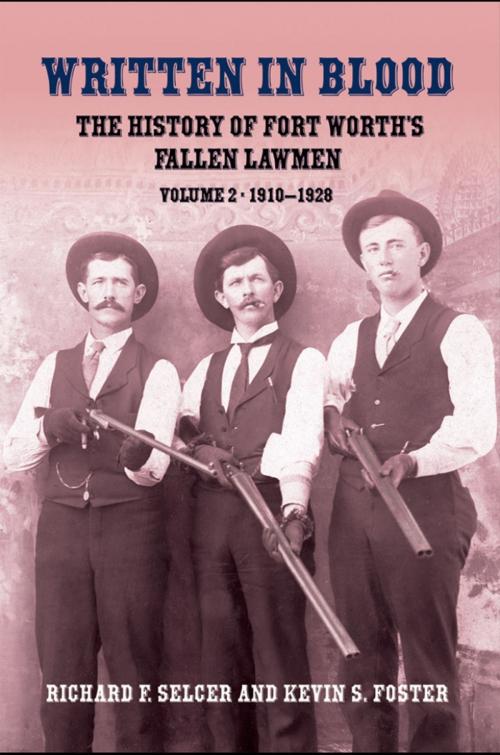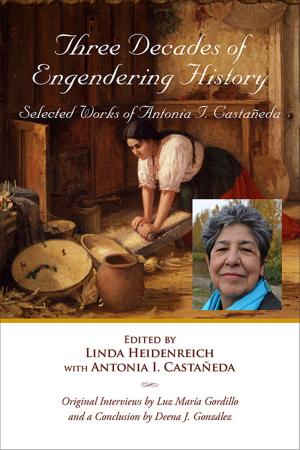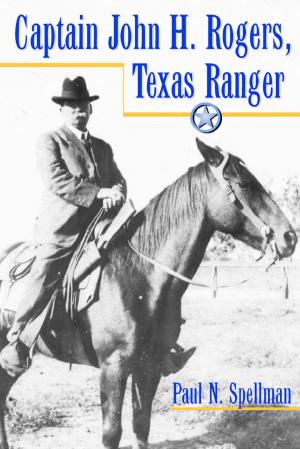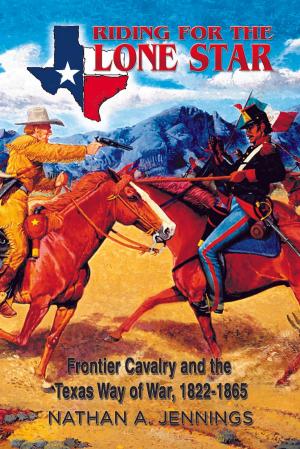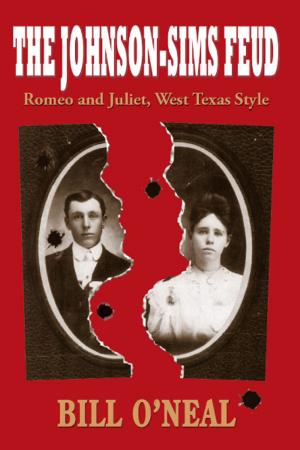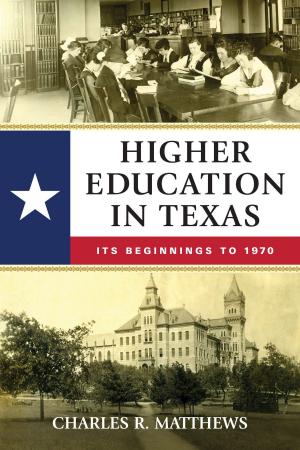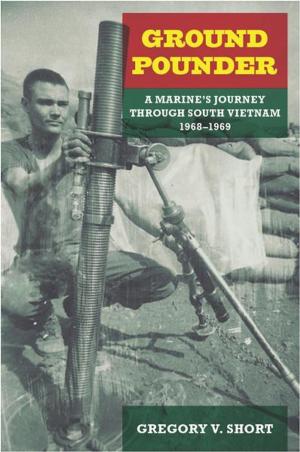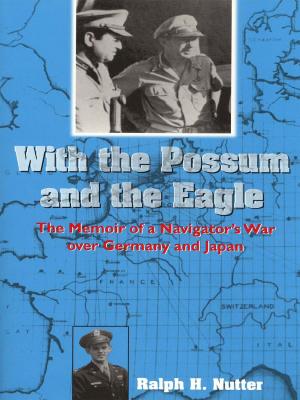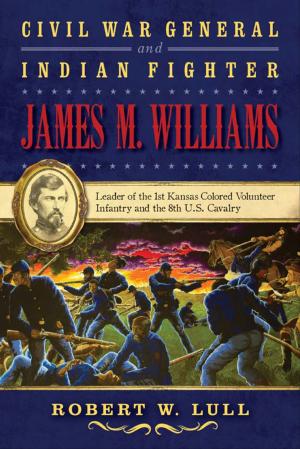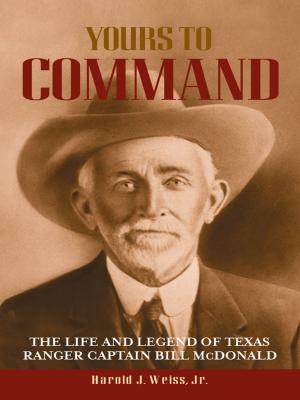Written in Blood Vol. 2
The History of Fort Worth's Fallen Lawmen, 1910-1928
Nonfiction, History, Americas, United States, 19th Century, Biography & Memoir| Author: | Richard F. Selcer, Kevin S. Foster | ISBN: | 9781574414424 |
| Publisher: | University of North Texas Press | Publication: | October 15, 2011 |
| Imprint: | Language: | English |
| Author: | Richard F. Selcer, Kevin S. Foster |
| ISBN: | 9781574414424 |
| Publisher: | University of North Texas Press |
| Publication: | October 15, 2011 |
| Imprint: | |
| Language: | English |
In 2010 Written in Blood: The History of Fort Worths Fallen Lawmen, Volume 1, told the stories of thirteen Fort Worth law officers who died in the line of duty between 1861 and 1909. Now Richard F. Selcer and Kevin S. Foster are back with Volume 2 covering another bakers dozen line-of-duty deaths that occurred between 1910 and 1928. Not counting the two officers who died of natural causes, these are more tales of murder, mayhem, and dirty work from all branches of local law enforcement: police, sheriffs deputies, constables, and special officers, just like in Volume 1. This era was, if anything, bloodier than the preceding era of the first volume. Fort Worth experienced a race riot, two lynchings, and martial law imposed by the U.S. Army while Camp Bowie was operating. Bushwhacking (such as happened to Peter Howard in 1915) and assassinations (such as happened to Jeff Couch in 1920) replaced blood feuds and old-fashioned shootouts as leading causes of death among lawmen. Violence was not confined to the streets either; a Police Commissioner was gunned down in his city hall office in 1917. Even the new category of vehicular homicide claimed a lawmans life.
In 2010 Written in Blood: The History of Fort Worths Fallen Lawmen, Volume 1, told the stories of thirteen Fort Worth law officers who died in the line of duty between 1861 and 1909. Now Richard F. Selcer and Kevin S. Foster are back with Volume 2 covering another bakers dozen line-of-duty deaths that occurred between 1910 and 1928. Not counting the two officers who died of natural causes, these are more tales of murder, mayhem, and dirty work from all branches of local law enforcement: police, sheriffs deputies, constables, and special officers, just like in Volume 1. This era was, if anything, bloodier than the preceding era of the first volume. Fort Worth experienced a race riot, two lynchings, and martial law imposed by the U.S. Army while Camp Bowie was operating. Bushwhacking (such as happened to Peter Howard in 1915) and assassinations (such as happened to Jeff Couch in 1920) replaced blood feuds and old-fashioned shootouts as leading causes of death among lawmen. Violence was not confined to the streets either; a Police Commissioner was gunned down in his city hall office in 1917. Even the new category of vehicular homicide claimed a lawmans life.
